Meet The Founders
CEO
Jordan Lee
Co-Founder and CEO
Jordan Lee is the Chief Executive Officer of Cash Flowing Investments, overseeing acquisition strategy, capital structure, and portfolio operations across multiple states. A graduate of the BYU Marriott School of Business, he has transacted on more than $200 million in real estate, participated in over $50 million in syndicated capital, and overseen $50 million in successful dispositions, representing more than 4,000 units nationwide.
Jordan specializes in mobile home parks and multifamily assets, focusing on long-term, cash-flowing, value-add investments. Known for his disciplined, system-driven approach, he plays an active role in underwriting, deal structuring, and asset management. Outside of work, Jordan enjoys time with his ever-growing family and cheering for the Philadelphia Eagles.
Managing Partner
Robert Lee
Co-Founder and Managing Partner
Robert Lee is a Managing Partner at Cash Flowing Investments, leading acquisitions, negotiations, and underwriting for the firm’s expanding real estate portfolio. With more than 15 years of experience in sales and business development, Rob brings deep expertise in relationship-driven deal sourcing and execution. He has played a key role in building Cash Flowing Investments into a portfolio exceeding $30 million in assets under management.
Rob studied Business Management at the University of Nevada, Reno and combines strategic analysis with a hands-on approach to identifying and structuring value-add opportunities. In addition to acquisitions, Rob helps shape company strategy and works closely with the asset management team to align operations and performance across the portfolio.
Executive Staff
Director of Asset Management
Taylor Mower
Director of Asset Management
Taylor Mower is the Director of Asset Management at Cash Flowing Investments, overseeing property operations, management teams, and performance systems across the firm’s portfolio. With more than 10 years of experience in real estate, he has managed over $300 million in assets across multiple markets and asset classes.
A graduate of BYU–Hawaii, Taylor began his career with a Fortune 500 company, where he developed strong skills in financial analysis and operational efficiency. At Cash Flowing Investments, he focuses on executing business plans, optimizing performance, and ensuring transparency for investors. Outside of work, Taylor enjoys spending time with his family, coaching his son’s sports teams and competing in Ironman triathlons.
Our Portfolio
Frequently Asked Questions
How long should I plan on having my money invested?
Our projects typically anticipate a hold period of 5 to 10 years, but the duration may be influenced by several factors. It is advisable to keep your money invested until the asset is sold. Throughout this period, you will receive regular cash returns, but the principal amount cannot be withdrawn.
However, we acknowledge that unforeseen circumstances can arise. In the event of a significant life event that necessitates your exit, we will make every effort to assist you in exiting the investment. If required, we may even purchase your shares ourselves.
How is CFI different from a REIT?
Both CFI and REITs generate investment returns through real estate. However, we differ in the following ways:
REITs are typically designed to generate fees for the manager, while CFI is in the business of generating investment returns for both us and our investors.
Our deals operate through an LLC structure, which means that all tax benefits (such as depreciation and interest expense) pass through to investors. In a REIT structure, the tax benefits are captured at the REIT-level and any income paid out is taxed at the ordinary income rate.
REITs often pay substantial fees to advisors to ‘sell’ their product. We don’t pay a middle man to ‘sell’ our investments, which means lower fees for the investor and more dollars invested into properties.
REITs take investor money upfront, even though they may not have properties to invest the capital. This creates pressure to invest money, which they either invest in cash or public securities. They can also pay investors a dividend with their own equity if they don’t have ample cash flow.
CFI operates under a direct-deal structure, which means that we ask for capital only after we’ve found a property. Capital is returned to our investors after a property sale or refinance or from operating cash flow.
REITs derive the majority of their fees through transactions, while ours come after the investor makes money.
At a minimum, we provide quarterly updates on our investments and provide full transparency into our investments and process. A Private REIT is not obligated to provide investors with similar transparency.
What types of returns should I expect?
The returns projected for each investment may differ, but the types of returns you receive will be consistent across all investments. Cash on cash returns are paid out on a quarterly basis, and you will also receive your share of the proceeds generated from the sale or refinancing of the asset. This will enhance your overall return on investment.
Where does CFI Invest?
Do I have to be accredited to invest?
Indeed, the majority of our deals are 506(b) offerings that require accredited investors to participate.
To qualify as an accredited investor, you must meet at least one of the following criteria:
- Earned an annual income of $200,000, or $300,000 for joint income, in each of the previous two years, with a reasonable expectation of earning the same or greater income this year.
- Possess a net worth that exceeds $1 million, excluding the value of your primary residence.

